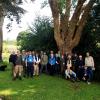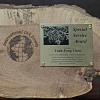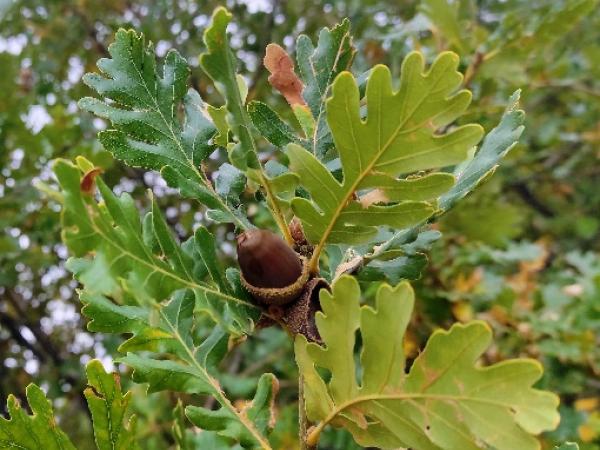Editor's Picks
Plant Focus
An article recently published in Plants, People, Planet investigates patterns of geographic overlap—sympatry—in North American oak species: "Constructing sympatry networks to assess potential introgression pathways within the major oak sections in the contiguous US states" by C.H. Cannon, J. Kartesz, S. Hoban, M.I. Loza, E. Beckman Bruns, and A.L. Hipp. This project, conceived and led by Chuck Cannon of The Morton Arboretum, asks an important question: how can we use our understanding of potential gene flow to inform tree conservation? For it is not individual species that will survive or fail to do so as we change the world around them, but whole suites of species, interconnected by their ecological interactions as well as by gene flow.

Oak species can exchange alleles, the gene copies that allow different species to succeed better in one place than another. In this paper, we explore the web of potential pollen movement between species as a tool to ask how we can preserve the interconnections between species. Just as Neanderthal and Denisovan genes live on in modern humans, so extinct oak species may live on, in part, in other species with which they exchange genes. Moreover, hybridization has been key to the success of species as they migrate across landscapes and into new climates and habitats. It becomes all the more important the more rapidly environments change.

The paper is open-access, free to download, read, and share:
https://nph.onlinelibrary.wiley.com/doi/10.1002/ppp3.10546
Enjoy, and reach out with any questions.
Editor's Note: Chuck Cannon published a summary of this research in International Oaks No. 35, under the title "Conserving Syngameons: Thinking Outside the Species Box". IOS members can access it here.















